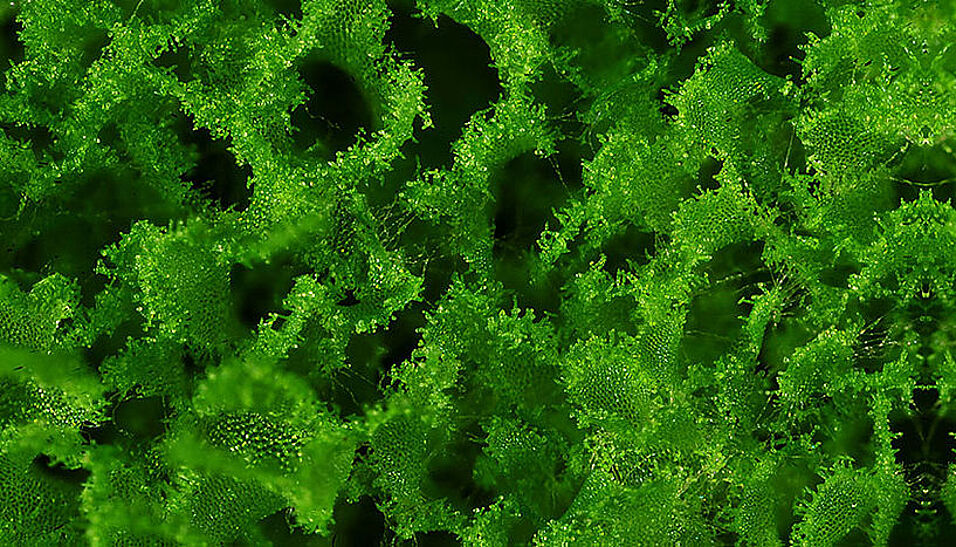The method for expanding the focus range is the same in macro and microfotography: simply taking pictures in overlapping sharpness levels and then compiling them into a sharpened single image using a special software, explains Helmuth Goldammer (CIUS). [read more]

